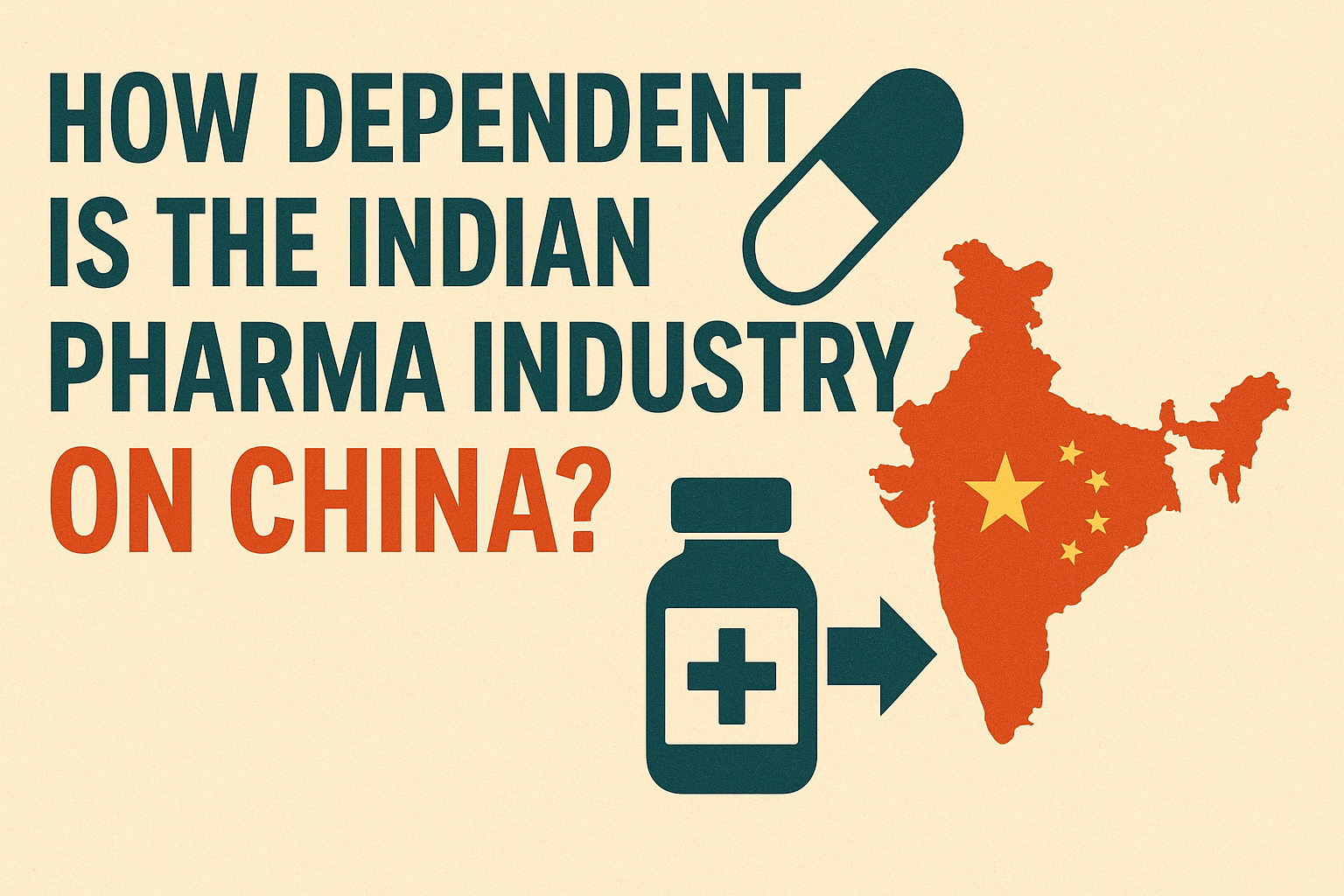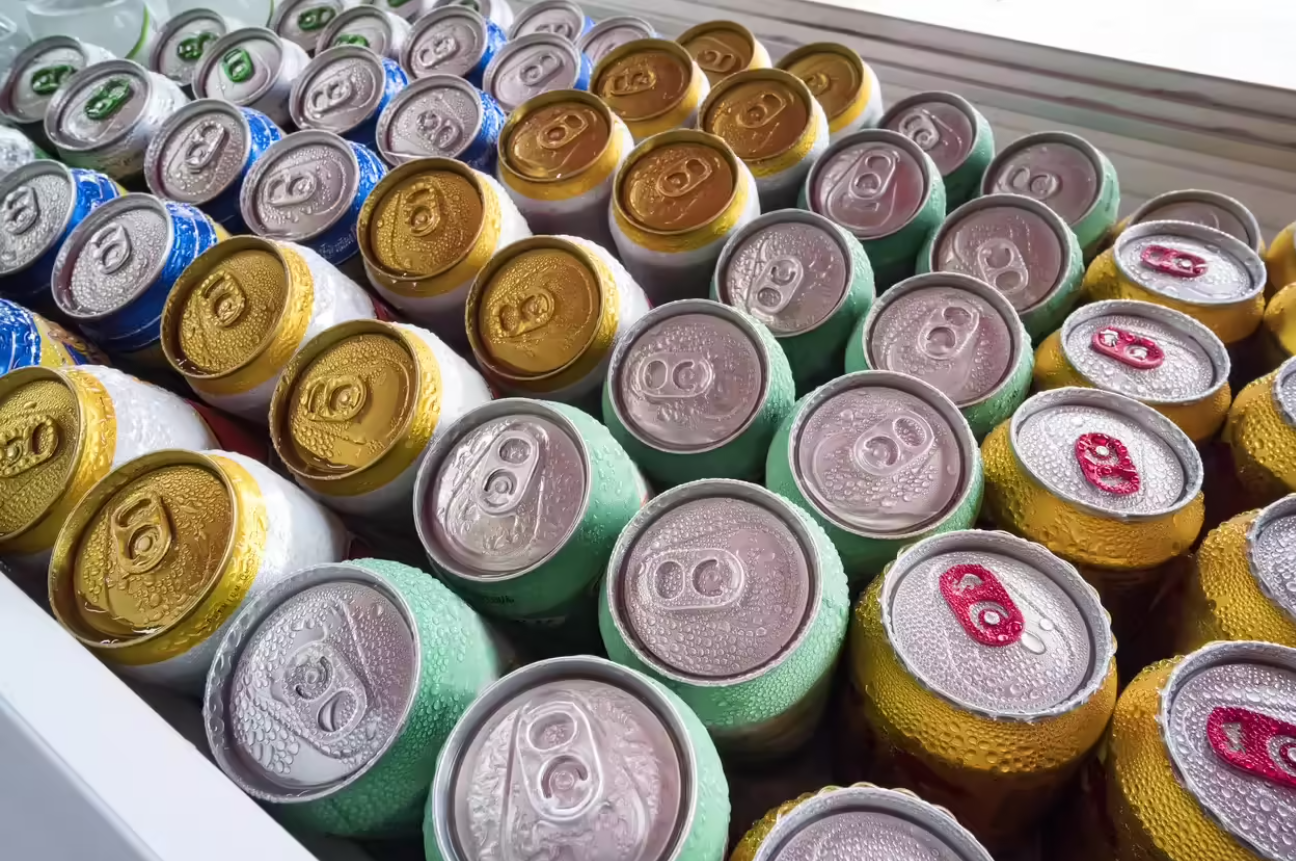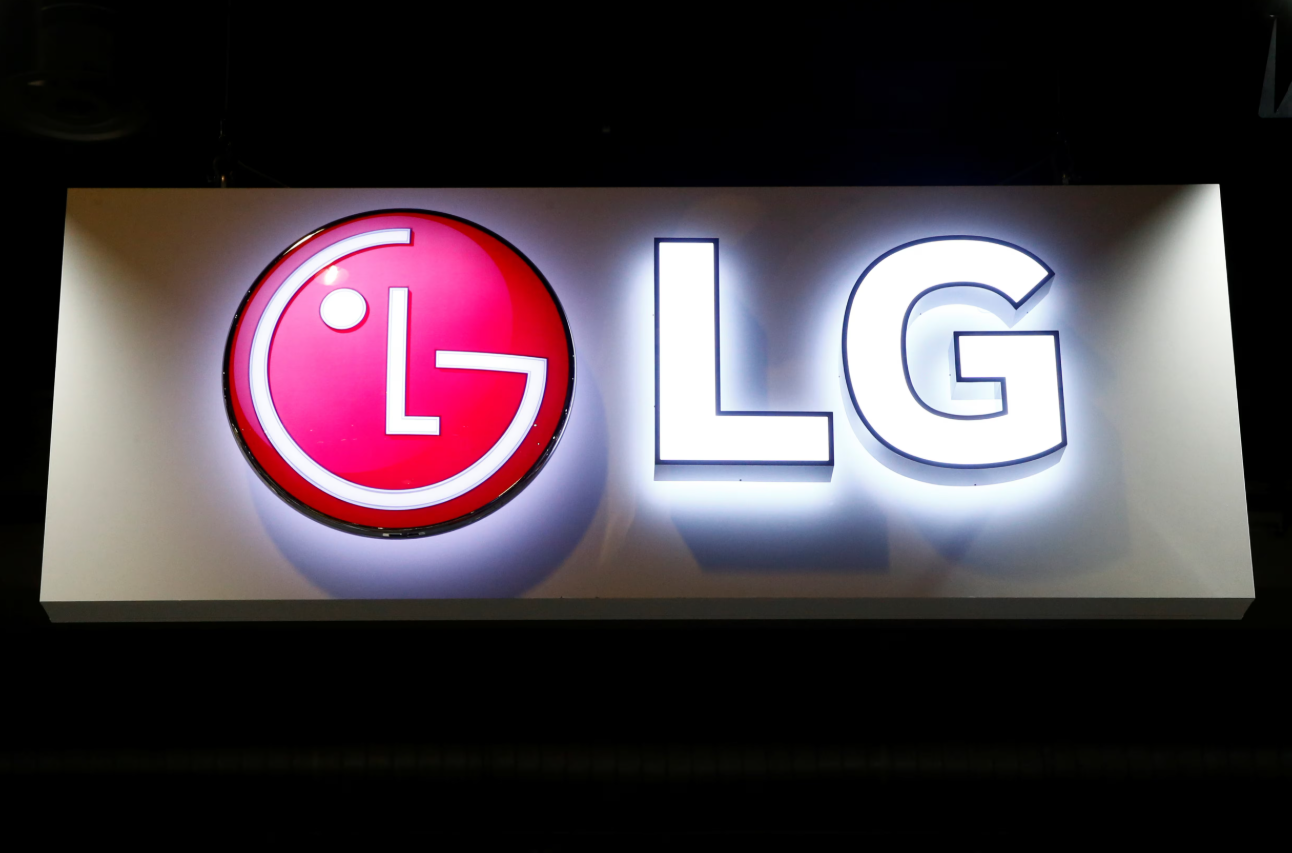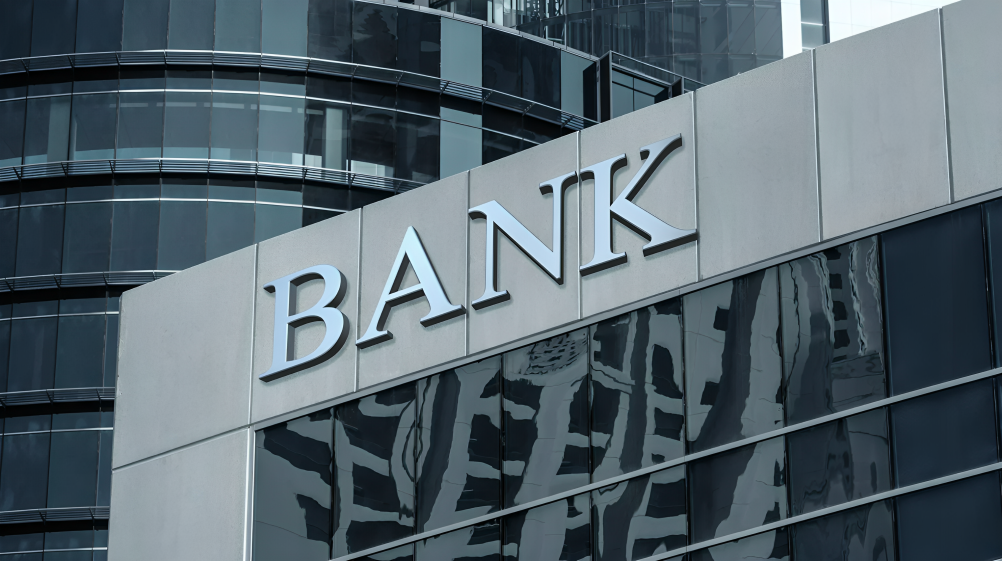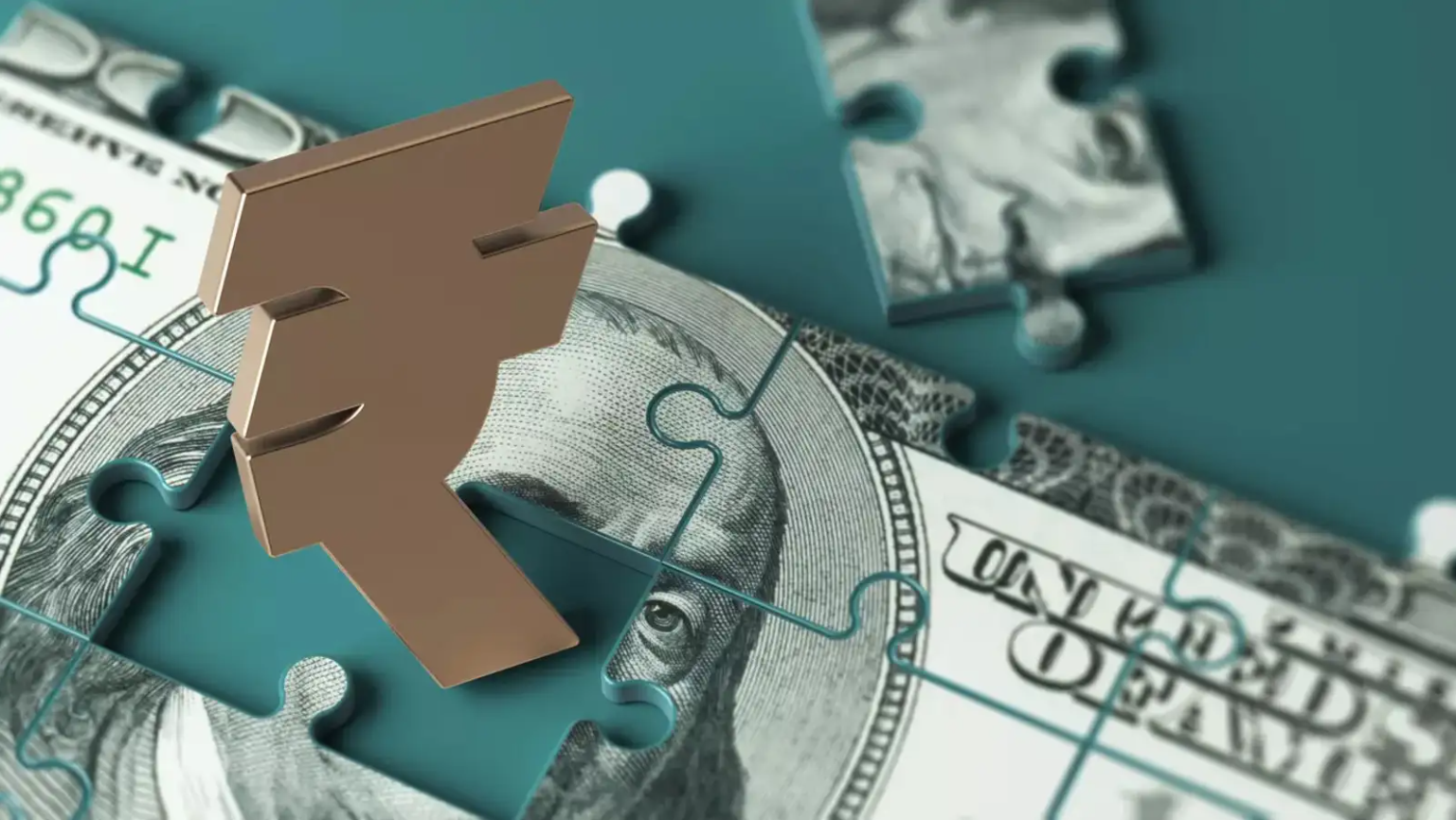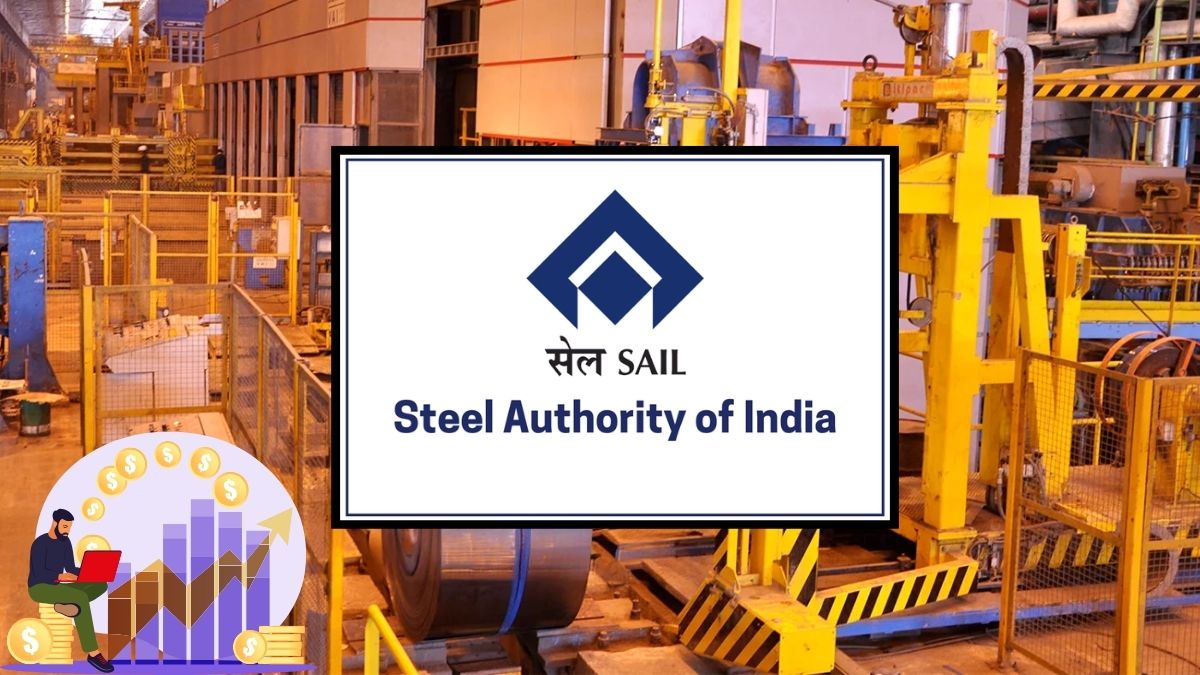India proudly calls itself the pharmacy of the world, exporting life-saving drugs to over 200 countries. Yet behind this global success lies a critical vulnerability. The world’s pharmacy is still heavily dependent on China’s chemistry. India manufactures the pills, but the essential raw materials that make those pills effective largely come from across the border.

The backbone of medicine: APIs and KSMs
At the heart of every medicine are Active Pharmaceutical Ingredients or APIs — the compounds that give a drug its therapeutic power. To make these APIs, manufacturers use Key Starting Materials or KSMs, which act as the basic raw inputs. India produces the finished drugs, but when it comes to these core ingredients, the dependency is striking. For many APIs and KSMs, India imports nearly 60 to 70 percent from China, and for certain crucial ingredients, that number reaches almost 100 percent.
This wasn’t always the case. Back in the 1980s, India was self-reliant in API production. But as manufacturing costs rose, environmental regulations tightened, and Chinese suppliers began offering cheaper alternatives, local production gradually declined. By the early 2000s, Indian companies focused more on finished formulations while sourcing APIs from China, creating a silent dependency that went unnoticed for decades — until the pandemic hit.
The pandemic’s wake-up call
When COVID-19 disrupted global supply chains, the vulnerability became impossible to ignore. Lockdowns in China triggered a sudden shortage of essential raw materials, sending API prices for common medicines like paracetamol and azithromycin skyrocketing. India’s drug manufacturers struggled, revealing how the world’s pharmacy could grind to a halt without Chinese support.

India’s response: Rebuilding chemical independence
To tackle this problem, the Indian government launched a ₹7,000 crore Production Linked Incentive scheme to rebuild domestic API capacity. Under this program, three Bulk Drug Parks are being set up in Gujarat, Himachal Pradesh, and Andhra Pradesh, focusing on key raw material production. Companies like Aurobindo Pharma and Alkem Labs have already begun investing in new facilities, reviving large-scale manufacturing of antibiotics such as Penicillin G and Clavulanic Acid.
In just two years, the PLI scheme has attracted close to ₹3,000 crore in new investments. Yet, while this marks progress, the gap between India and China remains wide.
Why China remains ahead
China’s lead in pharmaceutical manufacturing was not accidental. For decades, it treated pharmaceuticals as a strategic sector, offering cheap land, low-interest loans, and export incentives. Thousands of chemical plants emerged across provinces like Jiangsu and Zhejiang, supported by centralised waste management and low energy costs.
Moreover, China holds control over critical raw materials such as rare earth elements and specialty chemicals used in API production. With 60 to 70 percent control over global rare earth mining and processing, Chinese manufacturers enjoy easy access to essential resources at low costs. Combined with cheaper labour, well-integrated industrial clusters, and reliable utilities, China built a chemical ecosystem that India is only now trying to replicate.

The road ahead for India
India’s path to reducing dependency lies in building a self-sufficient chemical backbone. To do that, it must invest not only in infrastructure but also in research, sustainability, and global compliance. The focus should be on scaling up domestic production of high-risk APIs, ensuring cleaner manufacturing standards, and establishing long-term procurement contracts with Indian producers.
Strengthening bulk drug parks, securing access to raw materials, and improving waste management systems will help India rebuild its base for raw ingredient manufacturing. The goal is not to replace China entirely but to reduce vulnerability and ensure that disruptions abroad do not cripple India’s pharmaceutical output.
If India can combine its proven strength in formulations with robust chemical production, it could truly evolve from being the pharmacy of the world to the laboratory of the world.
Follow You Finance on Instagram and Facebook for more insights on global trade, industry trends, and the future of India’s manufacturing economy.



